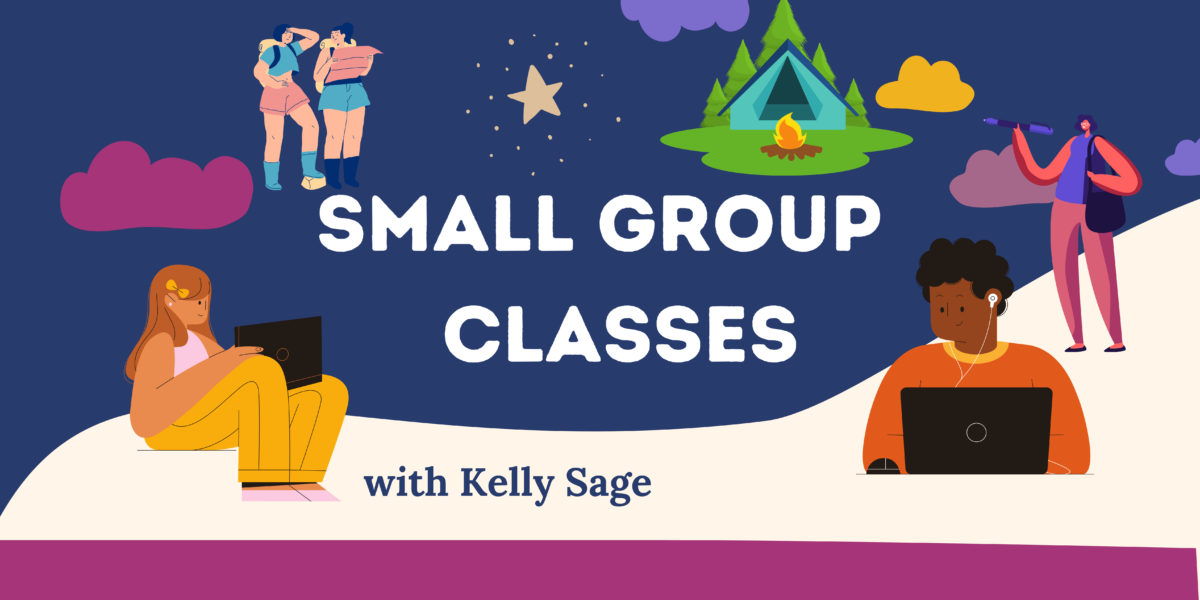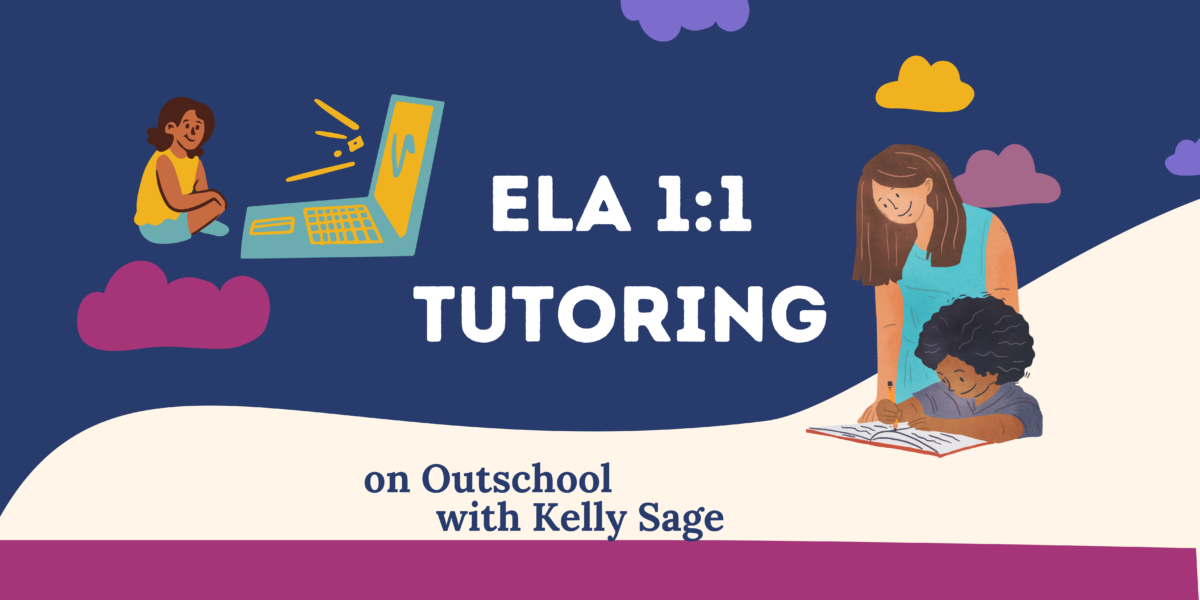Disclosure- Links in this post may be affiliate links. If you click through and make a purchase, I earn a commission at no additional cost to you. Unless noted, if I am reviewing a product, I have been compensated for my time. I write honest reviews. They are not required to be positive. I only recommend the resources we love and use.

Research on naps, meditation, nature walks and the habits of exceptional artists and athletes reveals how mental breaks increase productivity, replenish attention, solidify memories and encourage creativity.
Why Your Brain Needs More Downtime, Scientific American
When I had my first child, I ignored the advice to rest when he napped or played quietly. I believed in multitasking and that if I tried hard enough, I could “get it all done.” Burnout came quickly and along with it came resentment and a slew of other feelings that made the first two years of motherhood extra challenging. With my second, I made myself slow down. It made all the difference. A decade worth of practice later, naptimes way behind us, I continue to seek and need quiet time and my kids continue to need it too. Our whole family functions much better when we have time dedicated to slowing down, unplugging, and quiet.
Downtime looks and sounds different for each person. For my children, it might involve an audiobook, playing Legos, or getting out craft supplies. For my husband, quiet time happens when all of us are asleep and often include scary movies or music, and for me, downtime is time alone with my thoughts, book, or journal.

It’s not important to me how one spends their downtime; what’s important is it is a priority and our home is set up in such a way that we serve and honor each person’s time.
While carving out time and physical space can be tricky in a small home or with a larger family, it’s more than possible. It’s even possible in a classroom with thirty + students. It takes intention and a little practice, but it makes a world of difference.

Carving Out Time for Quiet Time
No matter where I’m facilitating: a classroom, homeschool day, my family on holiday or home on breaks, or a writing circle, I make sure a piece of our time together includes downtime.
Classroom Downtime
The first ten minutes of class is a great time to offer students quiet. No matter their age or grade, transitions are tough and school days are long. My students always spent the first ten minutes of class reading silently. It not only gave them a quiet breather but it also helped us begin class calmly so they were ready to learn.
Fill your classroom with GREAT books, graphic novels, and magazines. Make sure there is reading material for all reading levels. This isn’t time to struggle. It’s time to read or flip through a book for pleasure.
In order for this to work well, it’s important to create a culture of readers in your classroom and to read with them. This isn’t time to check your email. Grab a book (one your students are loving or you think they might) and sit with them.
Homeschool Downtime
Homeschool downtime serves all of us. Homeschool parents don’t get a planning period or lunch without kids. It can be a lot to be around your kids all day long. I take mine before and after our learning time. Like good bread, it helps me sandwich all the attention and time I’m spending with my homeschoolers gently so I can be present with them.
Homeschool downtime of course also serves the learner. Despite many a misconception about homeschoolers being unsocial, the homeschoolers I know and raise are VERY social and their days are often filled to the brim with activities. Homeschool downtime can also do double duty. Independent reading time and quiet time go hand in hand. Just make sure there are books your children can and want to read. It should be pleasurable and relaxing not stressful.
At Home Downtime
School breaks, vacations, even weekends, these times need quiet time too. While I don’t have set times for home downtime like I might in our homeschool day, it seems to naturally occur when screens go off.
In our home, downtime means no screen time. Our kids have a certain number of hours they can get on their various screens. When their limit is reached, there are of course hundreds of things they can do (which I sometimes have to remind them of…) and one of those things is to find a cozy place and do something quiet.
(I will admit this rule is for kids only. I am sometimes on my computer writing during my quiet time but if a child wants to write on the computer they know I will happily make an exception as long as they are just writing.)
On Vacation Downtime
The last thing any of us want on vacation is a grumpy family! I’ve learned if we go go go, that’s just what we’ll get. We’ll also get grumpy kids if they watch screens the 12 hours it takes to get to Grandma’s or have unlimited screen time once we get there.
While quiet time on vacation can get a little tricky, we’ve found a few things to be really helpful.
- Bedtime routines are extra important when vacationing with younger children. Quietly reading books together helps everyone transition to sleep.
- Vacations are a lot. A quiet walk around the block or to a park can settle nerves and offer downtime.
- A mid-day break in the hotel room is important when we are traveling overseas or going strong at amusement parks. I break our no-tech rule here since we’ve been going without tech all day and everyone needs to zone out.
10 Tips for Creating Downtime
- Space is important- Make sure there are cozy places in your home to sit, dream, read, and draw. This can be as simple as a pile of pillows on the floor.
- Have your kids help create the space and choose where they would like to spend their quiet time.
- Model quiet time. Pick up a book, your journal, knitting, lie on the couch and close your eyes. When your kids see you doing something quietly (for pleasure) they will be more likely to get into it.
- Make it seem fun! Fill a basket with your kids’ favorite books. Pull out craft supplies like clay or watercolors.
- Set the tone. Calming music, dimmed lights, phones on silent.
- If you have napping children, this is a great time for the older ones to have quiet time.
- Use a timer. If your kids don’t like the idea of having quiet time, start small. Set the timer for five minutes and make it a challenge to see if they can play quietly for the entire time. Celebrate when they do. Increase the time as you can.
- Make sure downtime is not thought of as a punishment. This isn’t a time out. It’s time to recharge our brains and relax.
- Be patient. If this isn’t something your kids are used to or if they are used to having screens and you’re looking to change that, it’s going to take time for them to adjust.
- There is absolutely time for LOUD, crazy, talking, and FUN, but everyone (yes everyone!) needs quiet, downtime.
If you don’t have dedicated downtime in your classroom, homeschool, or home, give it a try. I promise you’ll soon see a difference in the way you and your children or students learn and spend time together.

























Pingback: Simple & Fun | Things to Do With Kids When You're Home All Day -